The Solar System is our home, but someday humanity will reach other stars. In the meantime, we can only explore the planets closest to us and dream of colonizing them.
- More than 1,000 celestial bodies with a diameter of more than 100 kilometers (70 miles) have already been discovered in the Solar System, and scientists believe that there are even more similar objects in the Kuiper Belt, about 70 thousand or even more.
- Only 8 planets orbit the Sun, but some indirect signs hint that there may be another planet lurking somewhere beyond Pluto’s orbit, most likely a gas or ice giant. The search for “Planet X” has been going on for a long time now.
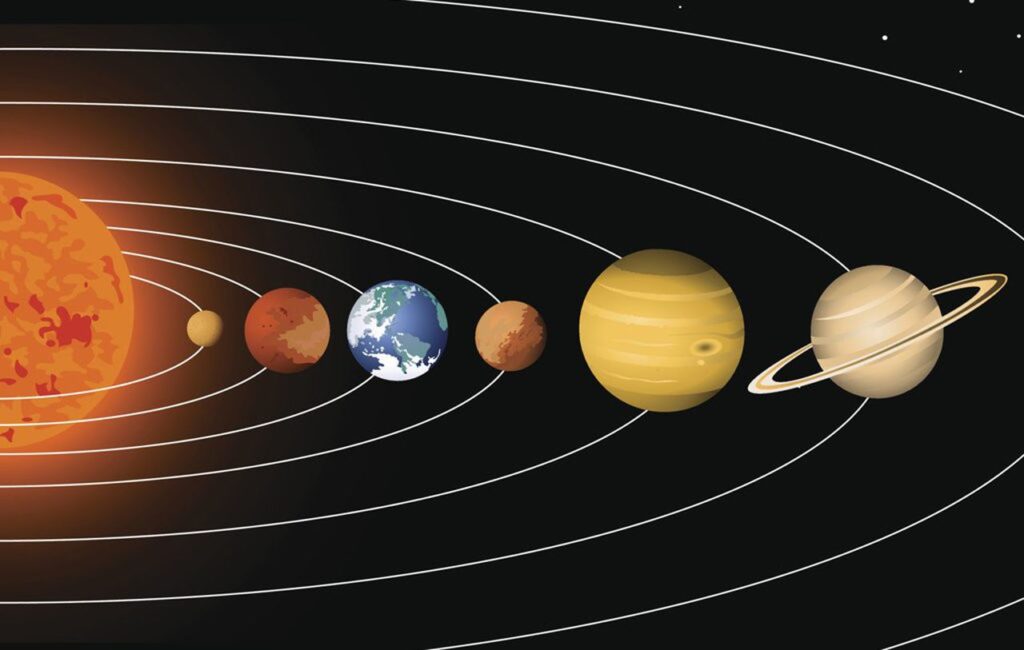
- In the past, there was a theory about the existence of Phaethon, another planet between the orbits of Jupiter and Mars. Phaethon was supposed to have been destroyed by some cataclysm and gave birth to the asteroid belt. However, science considers this theory untenable nowadays.
- About 99.86% of the mass of the Solar System is accounted for by the Sun itself. Most of the remaining 0.14% is accounted for by Jupiter, which weighs 2.5 times more than all the other planets combined.
- Our star system is quite lonely. The nearest star, Proxima Centauri, is 4.24 light-years away.
- there are about as many binary stars in the observable universe as there are single stars. If Jupiter were 12.5 times more massive, it could become a brown dwarf, and our Solar System would also become a binary.
- Its borders are still not clearly defined. Modern science believes that the outermost part of it is the Oort cloud, the outer boundaries of which are removed from the Sun by 1 or 2 light-years.
- There are 205 satellites of the planets in the Solar System. This number does not include satellites orbiting dwarf planets, other trans-Neptunian objects, and asteroids.
- Humanity has discovered 5 dwarf planets so far, but some trans-Neptunian objects also meet the appropriate criteria. In total, there may be hundreds or thousands of dwarf planets in the Solar System, but they are still unknown to us.
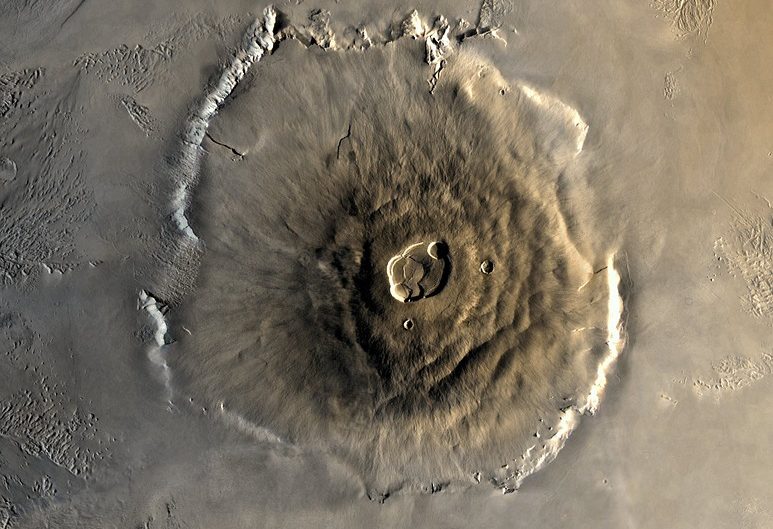
- The highest mountain in the Solar System, the ancient volcano Olympus, is located on Mars. The Maxwell Mountains on Venus are also higher than the highest peaks on Earth.
- The largest impact crater in our system is the South Pole — Aitken Basin on the Moon, with an average diameter of 1,600 miles (2400 km).
- Tens of thousands of craters are already known on the celestial bodies of the Solar System. About 12,000 of them have names.
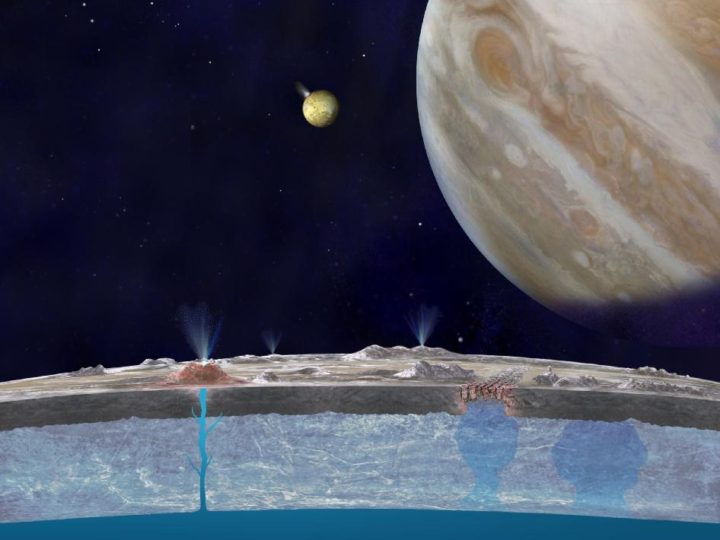
- The Earth is not the first in the Solar System in terms of water reserves. Europa, a moon of Jupiter, has a subglacial ocean with more water reserves than our planet has.
- Saturn’s moon Titan is the most Earth-like celestial body with a dense atmosphere, rivers, lakes, clouds, and rain. But instead of water, it is dominated by liquefied methane and ethane.
- The debate about the presence of water on Mars has been going on for a long time. After the water was found there, it was also found on other celestial bodies. It exists even in the polar craters of Mercury and on the dwarf planet Ceres.
- Jupiter’s moon Io is the most geologically active celestial body. There are thousands of volcanoes on it, and they keep erupting. Scientists believe that the bowels of Io are warming up due to the influence of the tidal forces of the gas giant.
- Other celestial bodies have cryovolcanoes that erupt ice and water instead of lava. They have already been found on Triton, a moon of Neptune, on Enceladus, a moon of Saturn, and on the dwarf planet Ceres.
- Only three moons in the outer Solar System are geologically active: Enceladus, Io, and Triton.
- Some scientists suggest considering Pluto and Charon as a binary dwarf planetary system. They point out that Charon doesn’t orbit Pluto like the Moon orbits the Earth. They both revolve around a common center of mass.
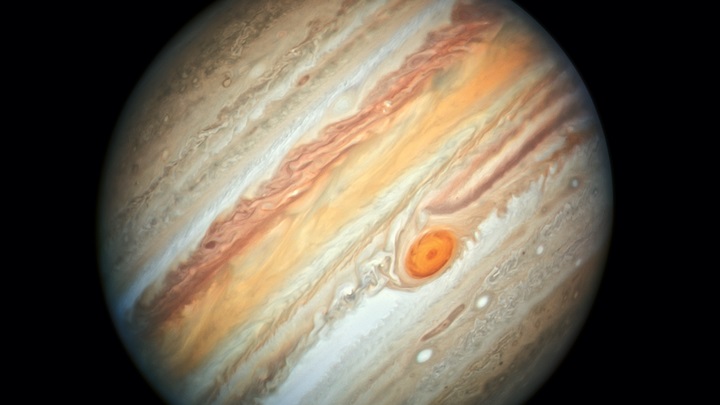
- The largest atmospheric vortex in the Solar System, the Great Red Spot on Jupiter, is larger than Earth. It has been raging for more than 350 years, but it seems to be starting to subside.
- The clouds at Saturn’s north pole form a giant, regular-shaped hexagon that remains stable for decades. This is one of the most mysterious riddles.
- The densest planet in the Solar System is Earth. The second dense planet is Mercury.
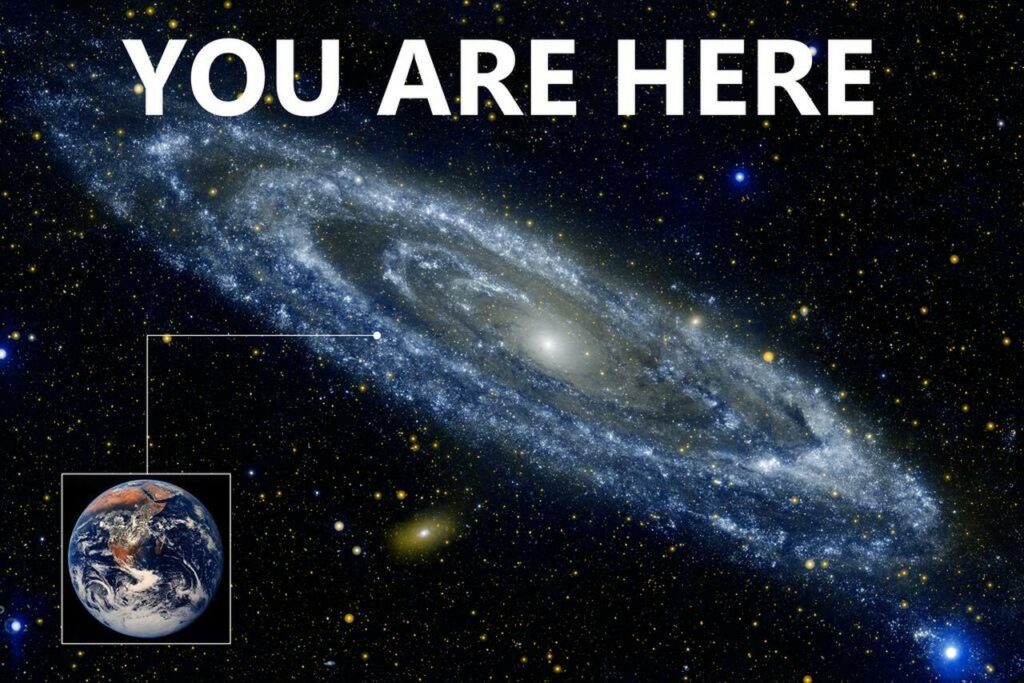
- Our Solar System revolves around the center of the Milky Way and rushes through space at a speed of about 135 miles per second (217 kilometers per second).
- Mercury has the shortest local year, at just under 88 days. The longest is on Neptune, where it lasts almost 165 standard years.
- In the entire history of space exploration, only 2 spacecraft, Voyager 1 and Voyager 2 have officially left the Solar System boundaries and entered interstellar space.
- Saturn is the least dense planet is, its density is lower than that of water.
- Mercury has a higher ratio of the volume of the core to the total volume than any other planet in our system. Perhaps, its crust was once torn off as a result of a collision with another celestial body.
- Venus moves in its orbit in the direction opposite to that of the other planets.
- Launching a spacecraft to the Sun or Mercury requires more energy than the flight to the outer planets of the Solar System.
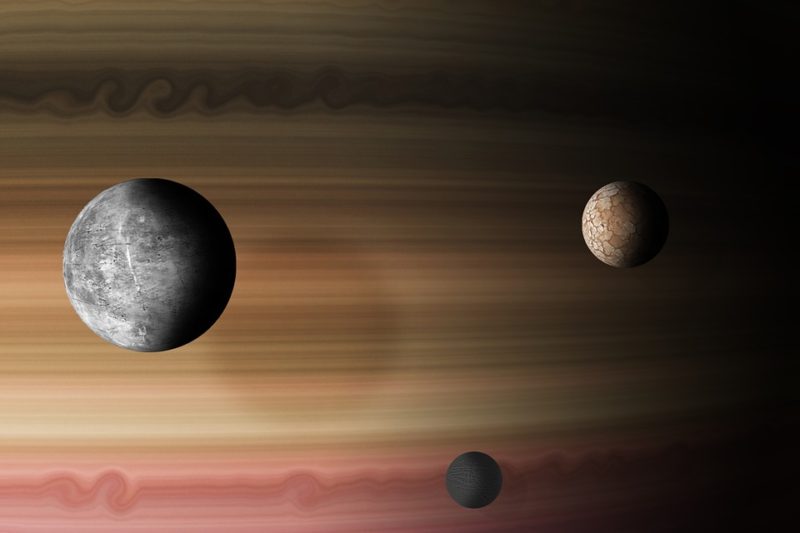
- According to the ideas of modern science, all gas and ice giants have a stone core, which is probably comparable in size to the Earth.
- In Sweden, there is a model of the Solar System recreated on a scale of 1:20.000.000, it is scattered over a space with a diameter of almost 700 miles (1000 km).
- Almost all the planets in our system rotate around their axis counterclockwise. There are only two exceptions, Venus and Uranus. Venus rotates clockwise, and Uranus lies on its side, at an angle of almost 98°.
- The coldest planet is Uranus, with an atmospheric temperature of about –371 °F (–224 °C). But it’s still not the coldest celestial body in the Solar System, objects farther away from the Sun are even colder.
- The planet with the most similar size and gravity to Earth is Venus, but it is also the hottest.
- The densest atmosphere in the Solar System also belongs to Venus. In second place is Titan, and in third is our Earth.
- Dust storms are raging on Earth only. On Mars, they sometimes cover huge areas and sometimes last for months.
- If Jupiter were 75 times more massive, it would shrink and turn into a star.
- This gas giant is the protector of our planet. Its gravity attracts dozens of comets and asteroids that might threaten the Earth.
- There may be trillions of comets in the Oort cloud that surrounds the Solar System.
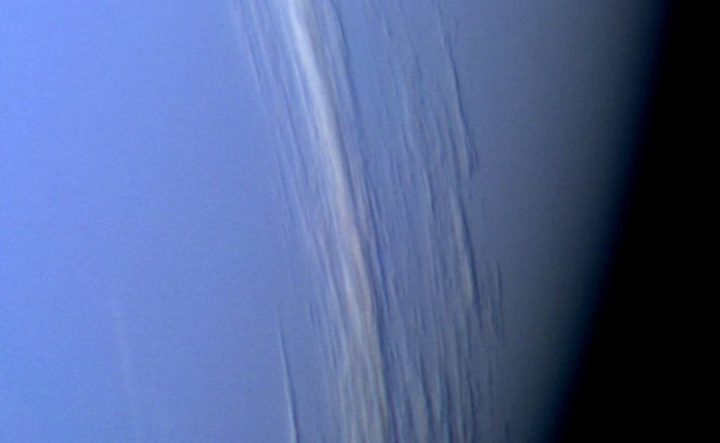
- The greatest winds in the Solar System blow on Neptune, where their speed reaches 1370 mph (2200 km/h), which is 5.5 times the speed of the most powerful hurricane ever recorded on Earth.
- The first spacecraft to leave the borders of our system was Voyager 1, launched back in 1977. It was originally supposed to run until 1982, but it is still functioning today. It entered interstellar space in 2012, and now it continues to move away, carrying a gold plate with a message to possible aliens and the coordinates of the Earth.
- The entire main asteroid belt between the orbits of Mars and Jupiter has a mass of only 4% of the mass of the Moon. It consists of several million asteroids.
- Saturn isn’t the only one with a ring system. All the gas giants in our system also have rings.
- The smallest of the gas giants is Neptune.
- Neptune is also the least studied planet in the system, it was visited by the spacecraft only once. In 1929, Voyager 2 flew past it and transmitted the collected data to Earth.
- All the planets except Neptune were discovered visually. Neptune was discovered using mathematical calculations.
- The smallest planet in the Solar System, Mercury, is smaller than some of the planets’ moons. Titan, a moon of Saturn, and Ganymede, a moon of Jupiter, are larger than Mercury.
- The orbits of Mars and Venus are closest to those of Earth, but Mercury becomes the closest planet to us from time to time.
- The largest canyon complexes in our system are located on Mars. They are called the Mariner Valleys, after the Mariner series of interplanetary research stations.
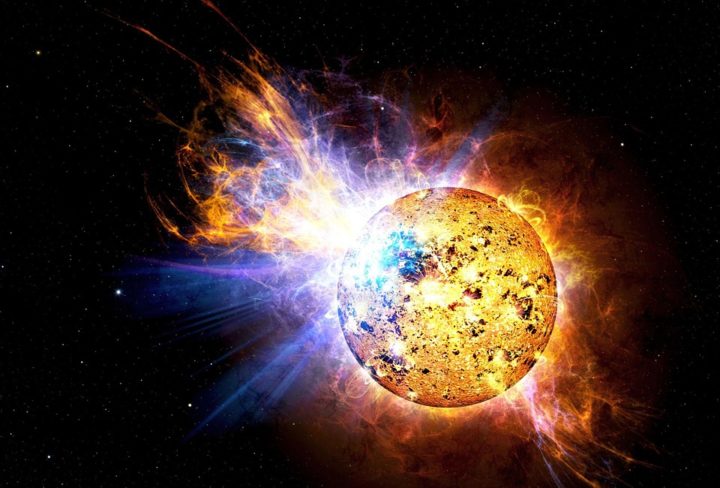
- Outer space is permeated with solar radiation. The spacecraft crew can receive a lethal dose when flying to Mars! But the development of more effective methods of protection has been going on for a long time, and quite successful.
- Mars is quite similar to Earth in many ways. It could be even almost warm there, but only at the equator and only during the summer season when the temperature rises above 32 °F (0 °C). And the Martian day lasts only 37 minutes longer than on Earth.
- Auroras are recorded on different planets of the Solar System, not on Earth only. They are not so rare in the atmospheres of gas giants.
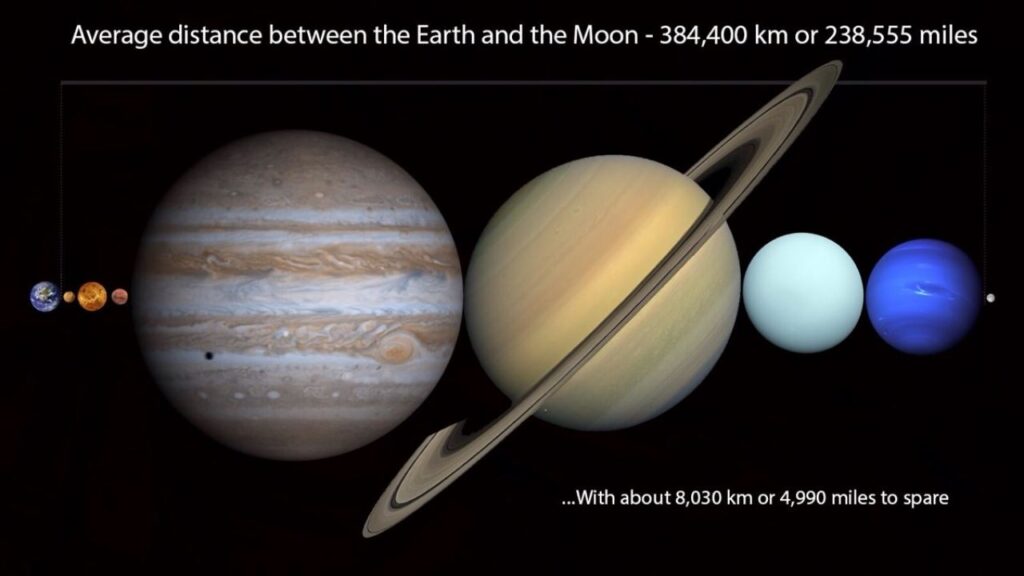
- The distance between the Moon and the Earth seems short. However, it would be possible to place all the other planets combined between our planet and the Moon.
- The chemical composition of the Sun and the inner planets indicates that the Solar System was formed not from primary matter, but from secondary matter that was once part of other star systems.
- The most distant celestial body in our system is 2018 AG37, also known as FarFarOut. The distance from the Sun to FarFarOut is 130-150 times the distance from the Sun to the Earth.
- The region in which the Sun’s gravity dominates that of the Milky Way is called the Hill sphere. Scientists believe that it extends over a distance of 4,000 times greater than the distance between the Sun and Pluto.
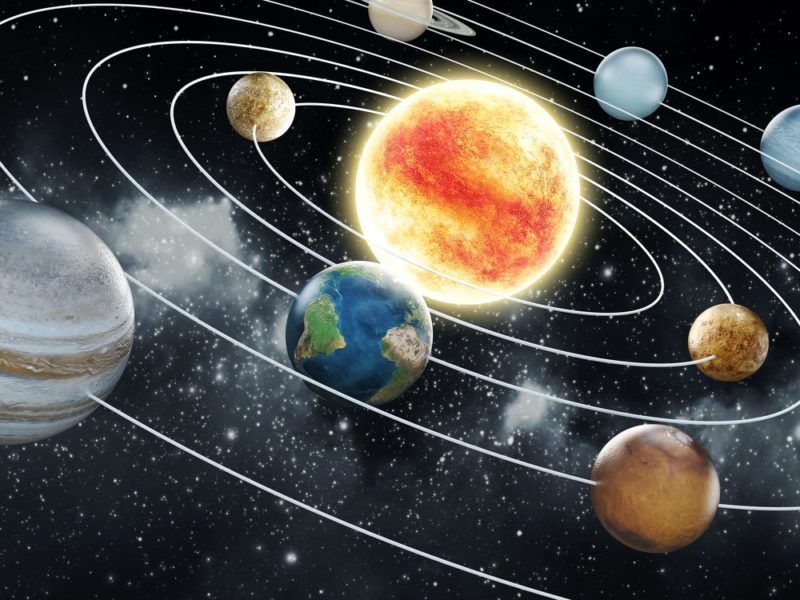
- The Solar System has been moving through the Local Interstellar Cloud, a rarefied region of space heated to 6200 °K, for tens of thousands of years. In 10-20 thousand years more, it will pass through it and leave it forever.
- The only celestial body in the Solar System (other than the Earth) on the surface of which the existence of substances in liquid form is proved is Titan.
- The dwarf planet Haumea has the shape of a flattened disk due to its very rapid rotation around its axis. A day on Haumea lasts only about 4 hours, and the gravity around the equator and at the poles is very different. It is the fastest-rotating celestial body in the Solar System.
- A day on Mercury and Venus lasts longer than a local year.
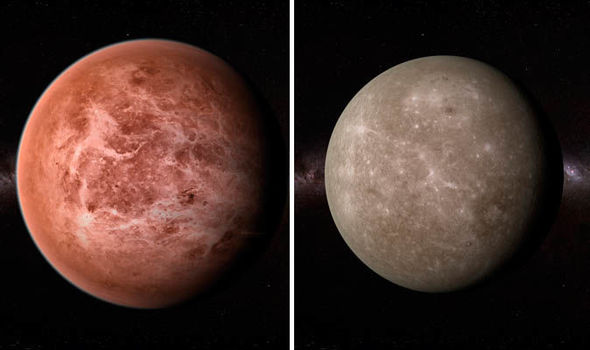
- Venus is the hottest planet in our system. The temperature on its surface reaches 867 °F (464 °C).
- The largest temperature differences depending on the time of day are recorded on Mercury, where they exceed 1110 °F (600 °C).
- The densest gas giant is Neptune. However, the gravity on its conditional surface is only 17% higher than on Earth.
- The density of interstellar matter increases at a distance of about 230 distances from the Sun to the Earth. This is the so-called head shock wave region, where the solar wind collides with the matter of interstellar space.
- There is a theory that the Solar System is binary. Proponents of this theory claim that there’s a hard-to-detect satellite star Nemesis at a distance of 0.8 to 1.5 light-years from the Sun, which is a red, brown, or white dwarf.
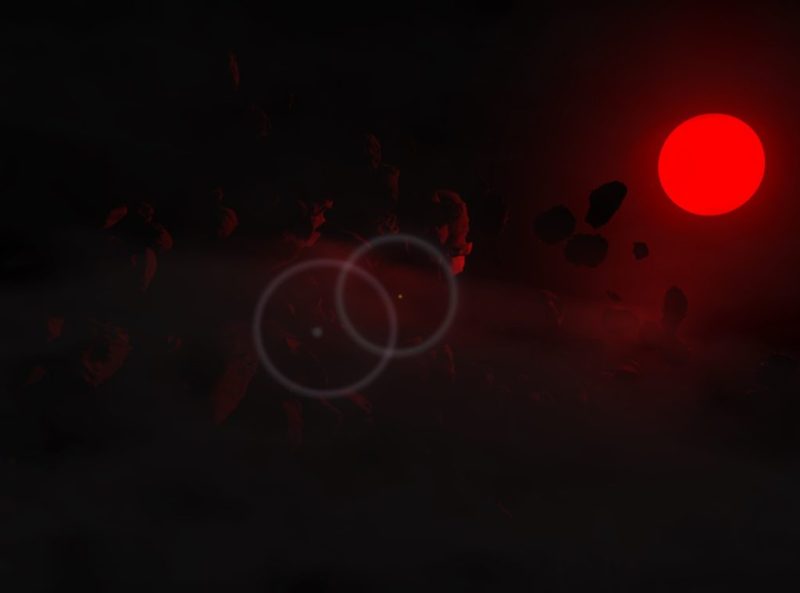
- Priority objects for colonization are the Moon and Mars, as they can be reached with the current level of technology. Plus, the conditions on the surface are more or less suitable for the construction of a colony.
- More than 6,300 comets with orbits intersecting those of the inner planets have already been discovered in the Solar System.
- The record holder for the number of satellites is Jupiter, which has as many as 79. Many of them are small, with a diameter of only 1-3 km. They are probably just asteroids trapped by the gas giant’s gravity.
- The largest asteroid in the Solar System by size and mass is Vesta, which has a diameter of about 326.5 miles (525.4 km). Previously, Ceres was considered such, but it was transferred to the class of dwarf planets.
- Previously, Ceres was considered the largest asteroid, but now it is classified as a dwarf planet.
- Vesta is also the brightest of the asteroids and the only one that can be seen with the naked eye from the surface of the Earth.
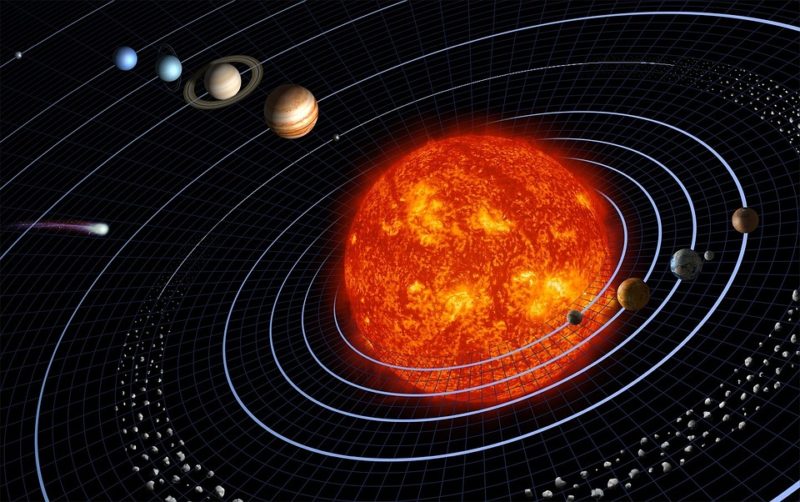
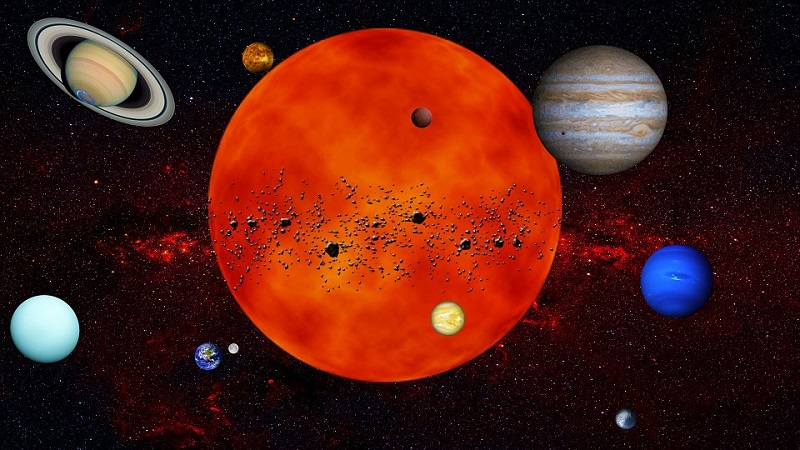
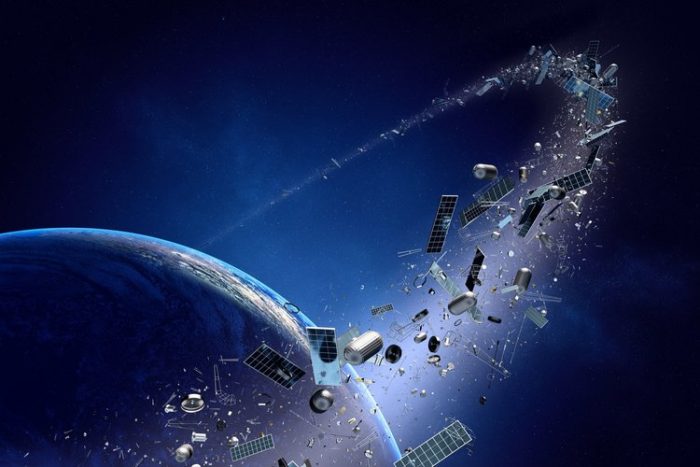

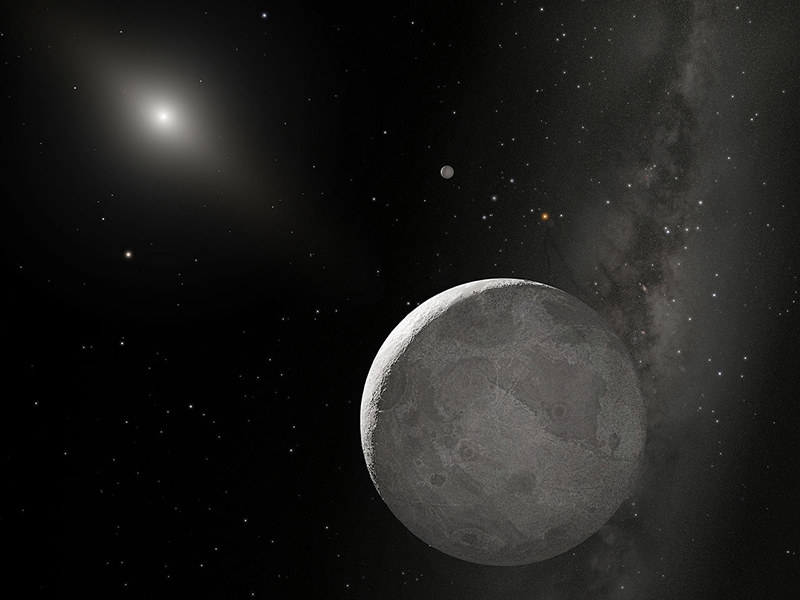
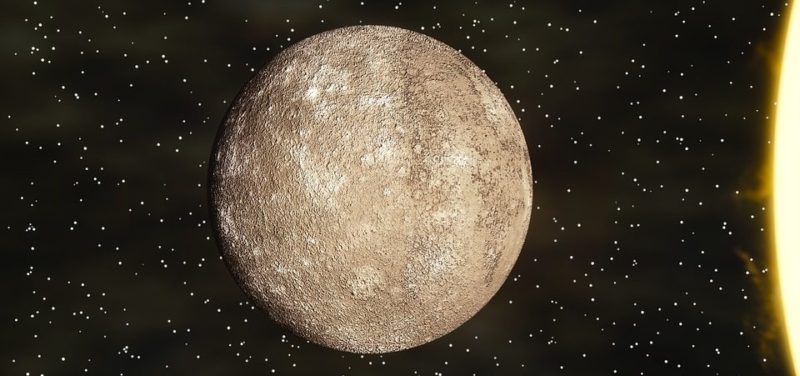
Pingback: 50 Interesting Facts About The Stars – Hurt Press